Technological Innovations
Technological advancements are reshaping the Plastic Fencing Market, introducing new materials and manufacturing processes that enhance product performance. Innovations such as advanced polymer formulations and improved UV resistance are making plastic fencing more durable and appealing to consumers. Additionally, the integration of smart technology into fencing solutions, such as automated gates and security features, is gaining traction. Market analysis indicates that the adoption of these technologies could lead to a growth rate of around 6% in the next few years. This evolution not only improves the functionality of plastic fencing but also positions it as a competitive alternative to traditional materials. As such, the Plastic Fencing Market is poised for significant transformation driven by these technological advancements.
Sustainability Initiatives
The increasing emphasis on sustainability appears to be a pivotal driver for the Plastic Fencing Market. As consumers and businesses alike become more environmentally conscious, the demand for eco-friendly fencing solutions has surged. Manufacturers are responding by developing products that utilize recycled materials and are designed for longevity, thereby reducing waste. In fact, the market for sustainable fencing solutions is projected to grow at a compound annual growth rate of approximately 5.2% over the next five years. This trend not only aligns with global sustainability goals but also appeals to a demographic that prioritizes green living. Consequently, the Plastic Fencing Market is likely to witness a significant shift towards products that meet these eco-friendly standards, thereby enhancing market competitiveness.
Regulatory Support and Standards
Regulatory frameworks and standards are emerging as influential drivers within the Plastic Fencing Market. Governments are increasingly implementing regulations that promote the use of safe and sustainable materials in construction and landscaping. These regulations often favor plastic fencing solutions due to their compliance with safety and environmental standards. For instance, certain regions have introduced incentives for using recyclable materials in construction projects, which can enhance the appeal of plastic fencing. Market Research Future suggest that adherence to these regulations can provide manufacturers with a competitive edge, as consumers become more aware of compliance issues. As a result, the Plastic Fencing Market is likely to experience growth driven by regulatory support that encourages the adoption of plastic fencing solutions.
Customization and Aesthetic Appeal
Customization trends are increasingly influencing the Plastic Fencing Market, as consumers seek unique and personalized solutions for their fencing needs. The ability to tailor fencing products to specific aesthetic preferences and functional requirements is becoming a key selling point. This trend is particularly evident in residential applications, where homeowners desire fencing that complements their property’s design. Market data suggests that customized fencing solutions can command a premium price, potentially increasing revenue for manufacturers. Furthermore, the rise of online platforms allows consumers to easily access a variety of customizable options, thereby expanding the market reach. As a result, the Plastic Fencing Market is likely to continue evolving to meet these diverse consumer demands, fostering innovation and creativity in product offerings.
Urbanization and Infrastructure Development
The ongoing trends of urbanization and infrastructure development are likely to serve as substantial drivers for the Plastic Fencing Market. As urban areas expand, the demand for effective fencing solutions in residential, commercial, and industrial sectors is increasing. Urban planners and developers are increasingly opting for plastic fencing due to its lightweight nature, ease of installation, and low maintenance requirements. Market data indicates that urban areas are projected to grow by approximately 1.5 billion people by 2030, creating a heightened need for fencing solutions. This surge in population density necessitates the implementation of effective boundary solutions, thereby propelling the Plastic Fencing Market forward. Consequently, the industry is expected to benefit from the rising demand for fencing in urban settings.


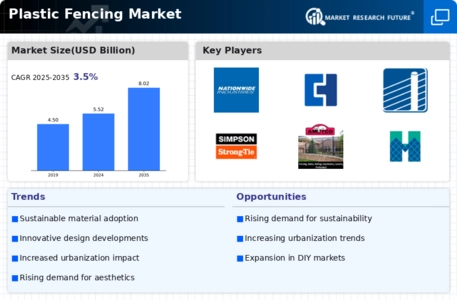
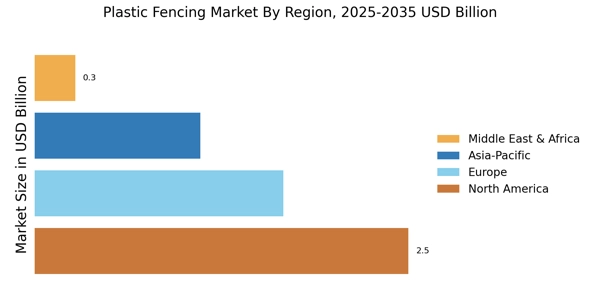
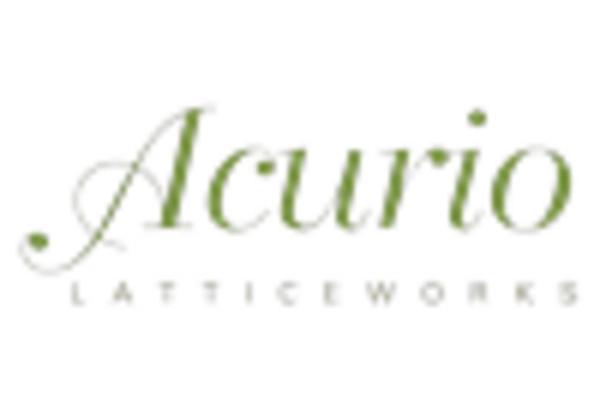

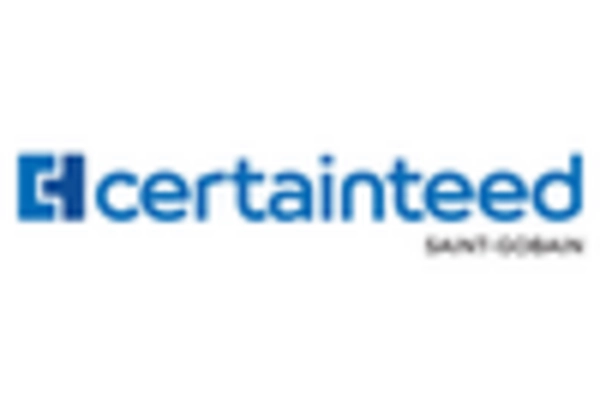
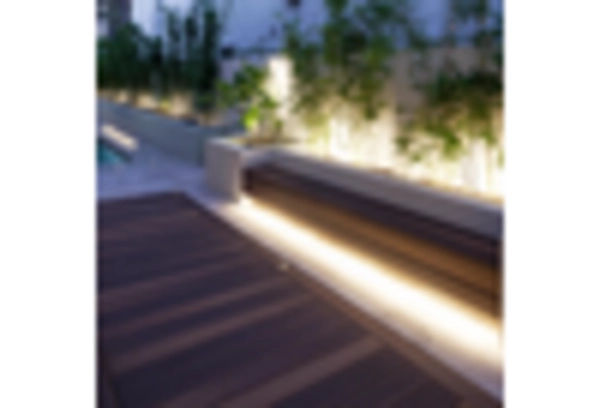
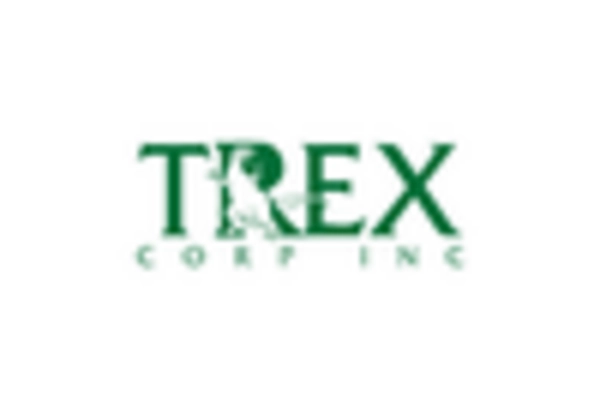
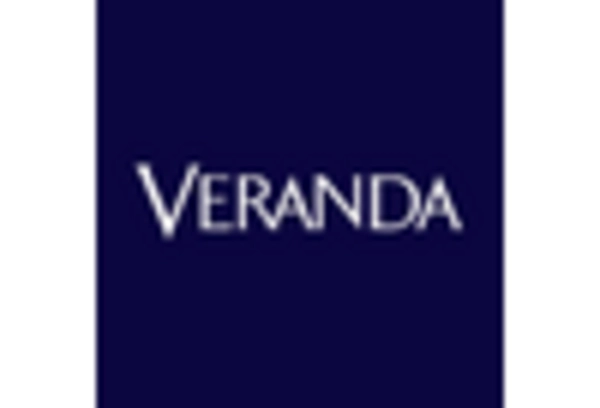








Leave a Comment